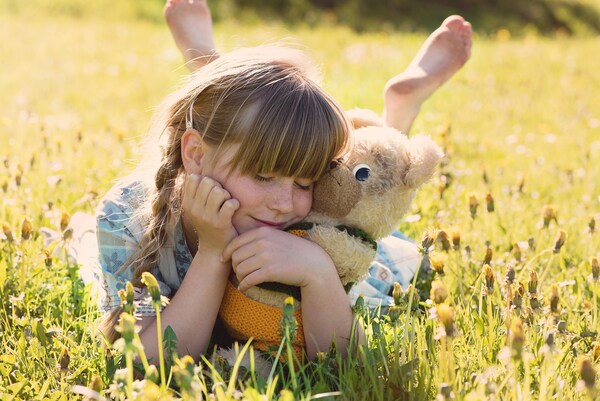Do You Need to Give Your Kids Vitamins? 5 Facts All Parents Should Know
Ever stood in the supplement aisle, completely taken aback by rows of colorful bottles all promising to vault your kids’ health into superhero territory? It’s a jungle out there, and when it comes to kiddo vitamins, even seasoned parents can end up scratching their heads.
Worry not! We’re slicing through the marketing hype to deliver five juicy nuggets of truth every caregiver should chew on. Before you let those tiny gummies or chalky chews leap into your shopping cart, let’s gear up with some no-nonsense insights that could save you bucks and make for healthier children. We’ll answer some questions you likely have on your minds!
5 Things Parents Should Know About Vitamins
Hey parents, ever feel like navigating the vitamin aisle is trickier than explaining why the sky’s blue? Buckle up, because we’re about to unpack the ABCs of children’s vitamins.
1. Most Children Don’t Need Vitamins
Most kiddos, as long as they have a decent diet, are hitting their vitamin goals without the need for anything extra. Nature’s got its own pantry stocked with nutrients in those fruits, veggies, grains, and proteins. And food is often better at helping your kids metabolize their vitamins.
So before you jump on the vitamin bandwagon thinking your little one’s missing out, consider this: for many tots with no specific nutritional issues or restrictive diets, supplements are just an extra they can skip. It’s like bringing a life jacket to the desert—good intention, wrong context.
2. Individual Vitamins are More Effective Than Multivitamins
Jumping into the vitamin game can be as confusing as choosing your fighter in a video game, especially when you need to choose between multivitamin vs individual vitamins. Basically, individual vitamins have no extra fluff, they just offer straight-up nutrition support for your child.
Meanwhile, multivitamins are more like button mashing and hoping for the best—it might work, or it might not be what they need. Bottom line? Tailoring those vitamins to match your child’s unique health goals could offer better results than blasting them with the multi everything-bomb.
3. Supplements Aren’t Rigorously Regulated
Ever thought about how the supplement shelf is like a pirate cove of treasures without a map? Here’s why: unlike their prescription buddies, supplements don’t get the same eagle-eye treatment before hitting the shelves. They can make claims that simply aren’t true.
That means some bottles could be throwing a curveball on what’s inside. It’s super important to scan for third-party testing or USP seals to ensure you’re not sailing blind into iffy waters with your kid’s health. It’s also a good idea to monitor your child while they’re taking supplements.

4. Vitamins May Interact with Other Medications
Think your little champ can juggle vitamins and meds with no sweat? Hit the brakes and peek under the hood first. Vitamins aren’t just passive passengers. They can get behind the wheel and mess with how prescription drugs drive through your kid’s system.
Something as simple as vitamin C or calcium might throw a wrench in the works, leaving medications either turbo-charged or snoozing at the start line. To sidestep an unexpected pit stop, it’s wise to speak with your pediatrician before green-lighting any supplements.
5. Watch Out for Dosage Amounts
Heads up, because when it comes to dosing vitamins for the kiddos, more isn’t always merrier; it’s a balloon that can go pop! Just like raiding the cookie jar, overdosing on vitamins—especially the fat-soluble type—can lead to trouble with a capital T in the form of illness or hospitalization.
Your munchkin’s body hangs onto vitamins A, D, E, and K especially well, so be careful. Flip through those labels like you’re searching for Waldo and stick to recommended amounts. It may also be a good idea to speak to your pediatrician about recommended dosage amounts!
In Conclusion…
All right, superhero parents, with your new intel on deck, you’re ready to navigate the vitamin voyage like a pro and improve your child’s health. Remember, when if comes to well-being, knowledge is power—use it to make informed choices that ensure your kids sail smoothly on their health journey.
Don’t let those shelves of bottles intimidate you. You’ve got this! And if you’re ever in doubt, drop an anchor and consult with your trusty pediatrician. Now go forth, make wise picks, or give those supplements a miss if they’re not needed. Either way, here’s to thriving kiddos!









